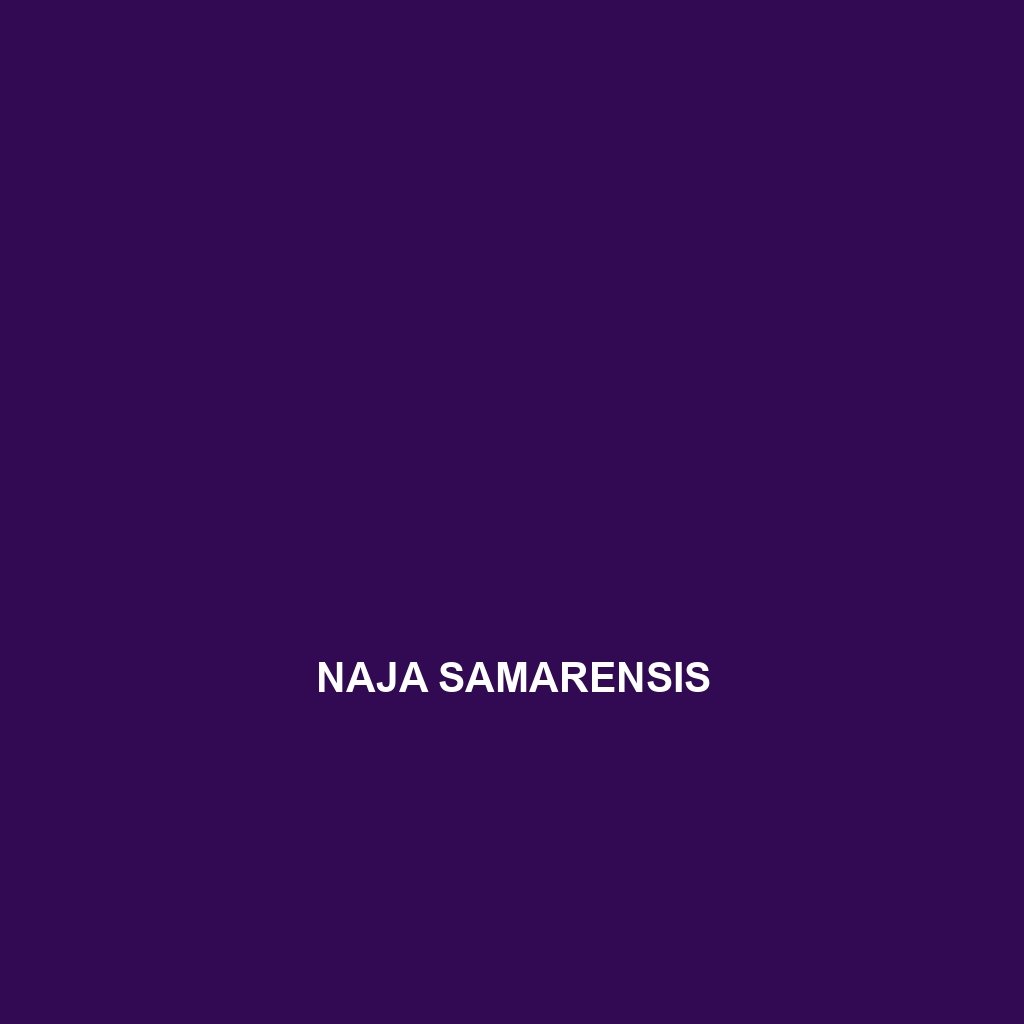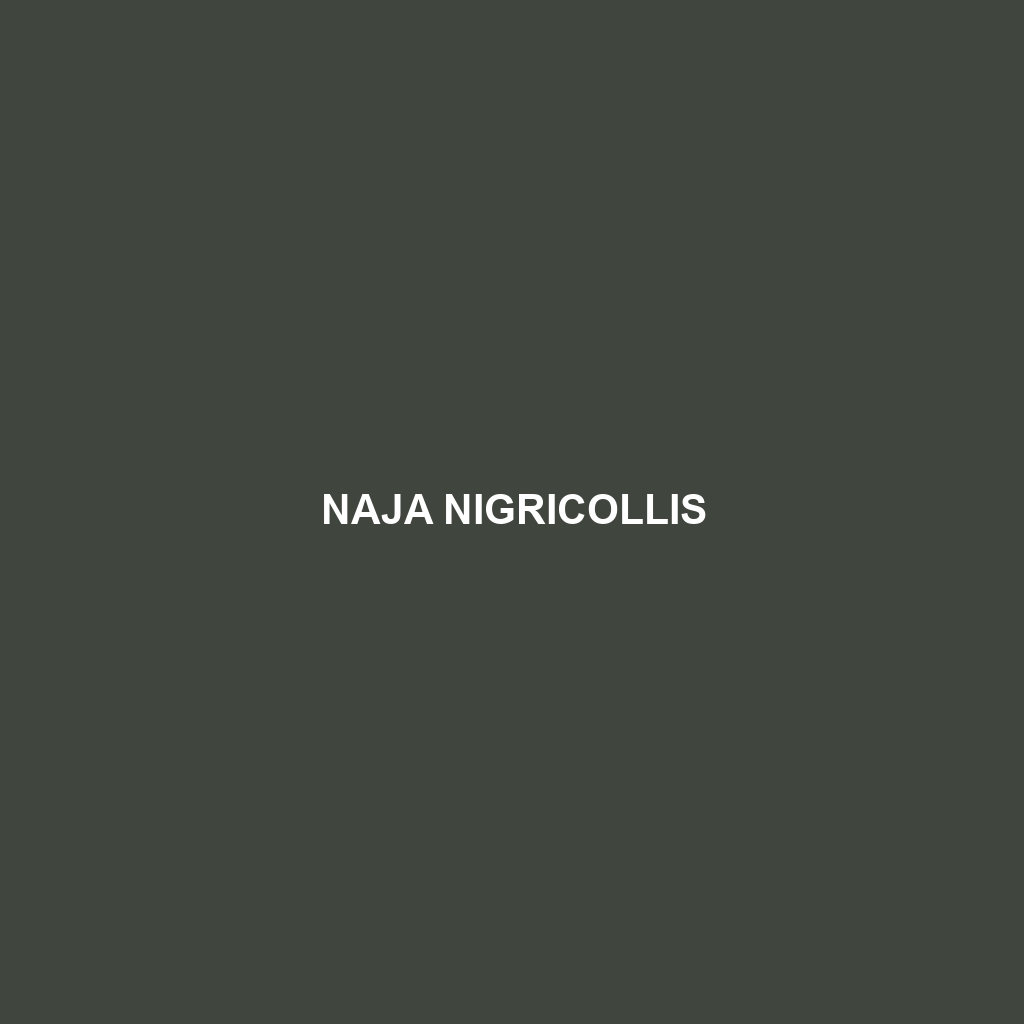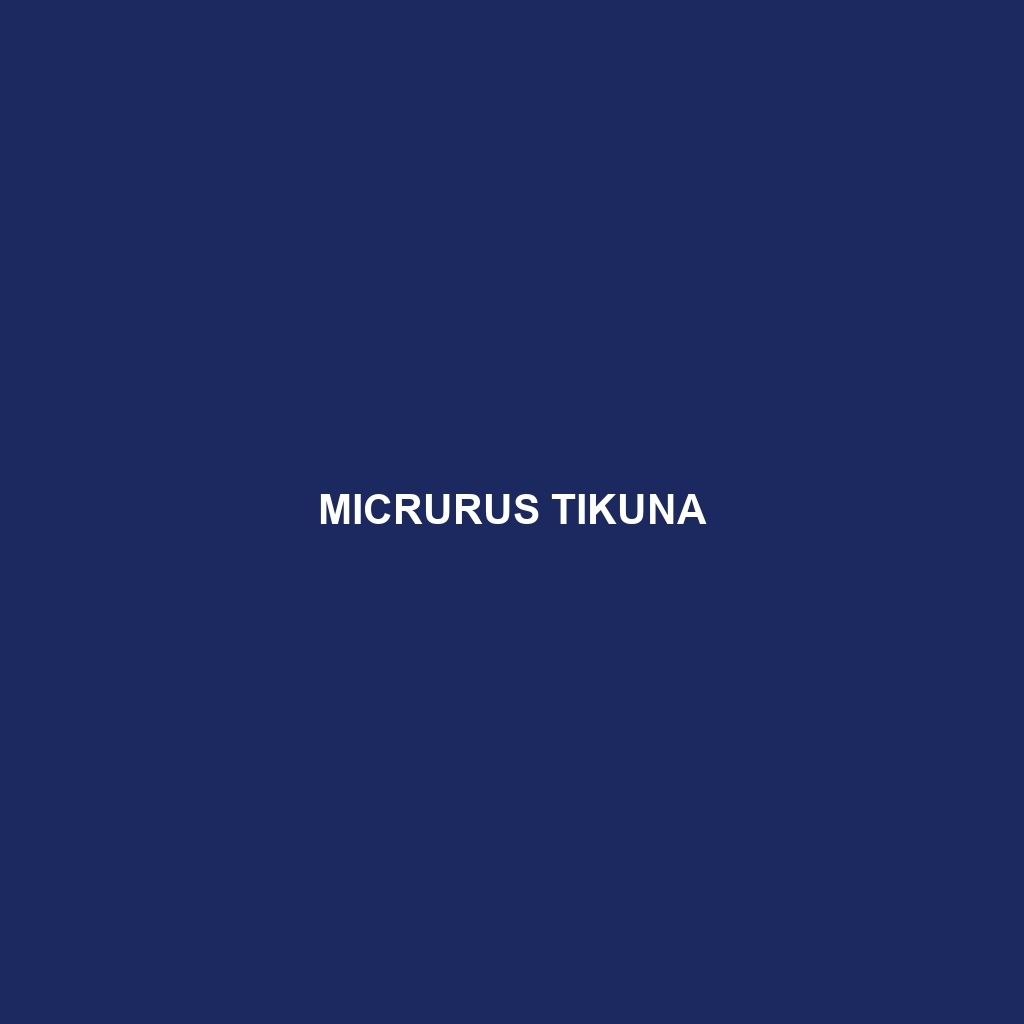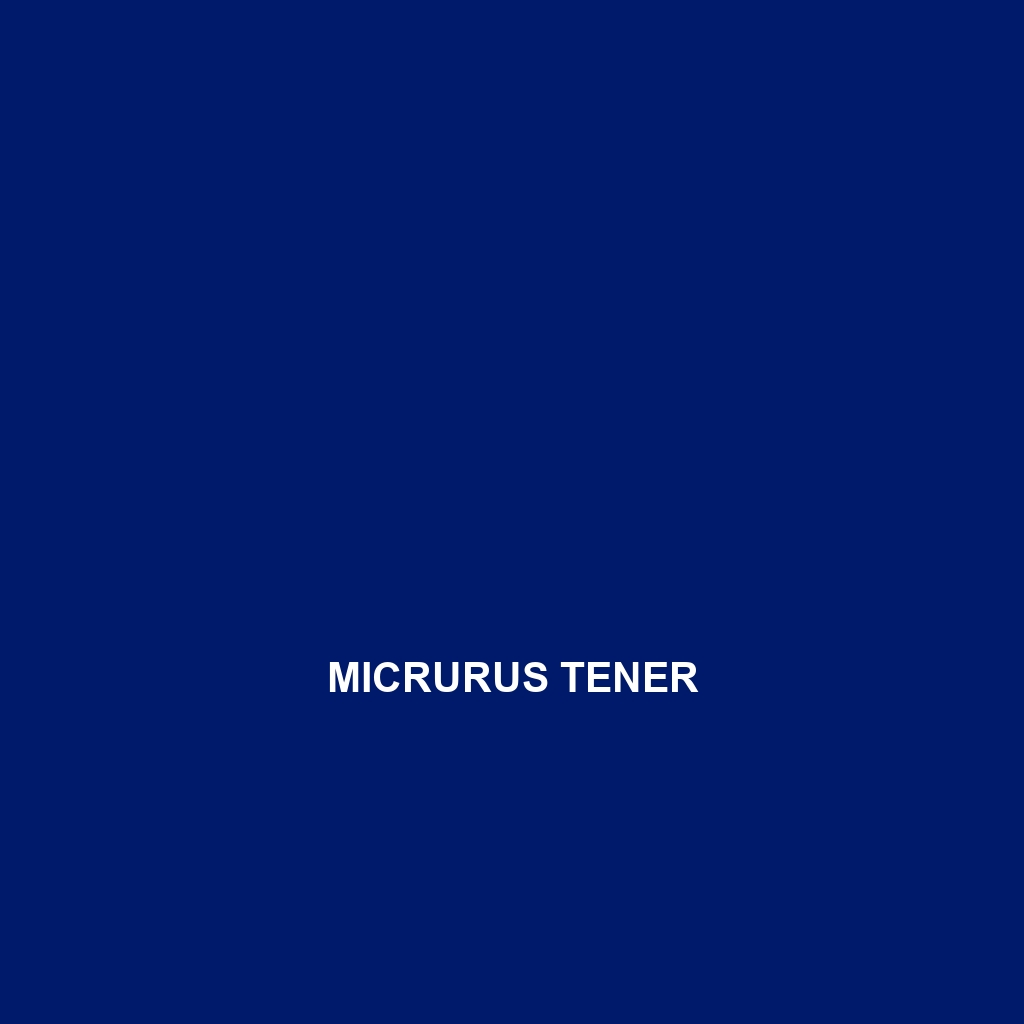<b>Sinomicrurus boettgeri</b>, known as Boettger's Coral Snake, is a strikingly patterned venomous snake found in humid temperate and subtropical forests of Southeast Asia, featuring vibrant yellow, black, and red bands. This agile predator primarily feeds on small reptiles and plays a vital role in maintaining the ecological balance of its habitat.
Tag: neurotoxic venom
Pseudechis australis
<p><b>Pseudechis australis</b>, commonly known as the Australian black snake, is a large, robust snake native to eastern and central Australia, exhibiting a glossy black coloration and a broad head. This highly venomous species thrives in diverse habitats, is primarily diurnal, and plays a crucial role in its ecosystem by regulating populations of small mammals and reptiles.</p>
Pseudechis australis
<p><b>Pseudechis australis</b>, commonly known as the Australian black snake, is a large, robust snake native to eastern and central Australia, exhibiting a glossy black coloration and a broad head. This highly venomous species thrives in diverse habitats, is primarily diurnal, and plays a crucial role in its ecosystem by regulating populations of small mammals and reptiles.</p>
Naja savannula
Introducing the Savanna Cobra (Naja savannula), a striking and agile predator found in sub-Saharan Africa's savannas and grasslands, known for its impressive size, distinctive hood, and potent neurotoxic venom. This diurnal snake plays a crucial ecological role by regulating small mammal populations and showcasing fascinating behaviors, including elaborate mating rituals and effective communication signals.
Naja samarensis
The Naja samarensis, or Samar cobra, is a robust, venomous snake native to the Philippines, reaching lengths of up to 2.5 meters. This diurnal predator inhabits tropical rainforests and savannas, relying on ambush tactics to feast on rodents, lizards, and small birds, while playing a crucial role in maintaining ecosystem balance.
Naja oxiana
Discover the Central Asian Cobra (Naja oxiana), a versatile predator native to Central Asia's diverse habitats, known for its striking appearance, venomous bite, and unique defensive behaviors. This species plays a crucial role in maintaining ecological balance by regulating populations of small mammals and reptiles.
Naja nigricollis
The Naja nigricollis, or black-necked spitting cobra, is a highly adaptable predator found in diverse sub-Saharan habitats, characterized by its distinctive black neck, impressive agility, and the unique ability to spit venom accurately up to 3 meters. Adults can reach lengths of 1.2 to 3 meters and play a vital role in controlling local rodent populations, contributing to ecological balance.
Naja multifasciata
The <b>Naja multifasciata</b>, or Multibanded Cobra, is a striking snake native to West and Central Africa, known for its impressive length of up to 6.5 feet and distinctive hood that it expands when threatened. This highly adaptable predator inhabits various ecosystems, including tropical rainforests and savannas, feeding primarily on small mammals, birds, and reptiles, and plays a vital role in maintaining ecological balance.
Micrurus tikuna
The Micrurus tikuna, or Tikuna Coral Snake, is a striking species native to the tropical rainforests of South America, distinguished by its vibrant red, black, and yellow banding. This nocturnal predator plays a crucial role in the ecosystem, preying on reptiles and amphibians while showcasing remarkable adaptations for camouflage and envenomation.
Micrurus tener
Experience the fascinating <b>Eastern Coral Snake (Micrurus tener)</b>, known for its striking pattern of red, black, and yellow or white bands, and its role as a vital predator in ecosystems across the southeastern United States and Central America. This small to medium-sized, nocturnal reptile utilizes its neurotoxic venom to hunt snakes, lizards, and amphibians, playing a crucial role in maintaining ecological balance.









